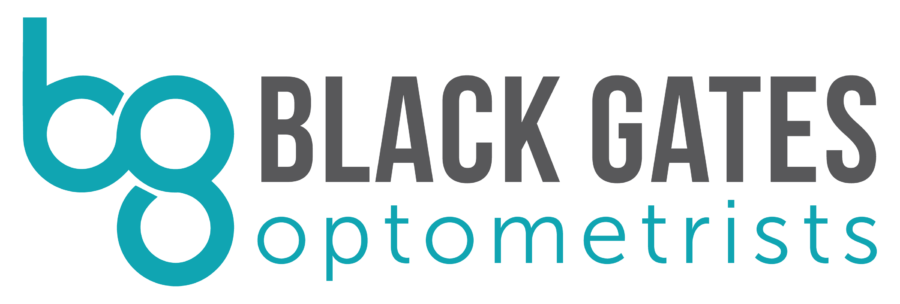
Different age groups are prone to specific vision problems and specialist eye care can be required at various stages of life.
What follows is a general breakdown from birth to older age, providing an overview of eye conditions and their likely appearance over a lifetime.
1. Infancy (0-2 years)
Vision isn’t completely developed at birth and continues to develop for most of the first year. It’s important to check that there is nothing to prevent normal development.

Common issues are an uneven focus between the two eyes (anisometropia) or an eye turn which result in the child developing a lazy eye (amblyopia). Eye turns can be difficult to recognise in the small faces of babies. Congenital conditions like cataracts or glaucoma can also be present. Your babies first eye test is usually done by the post natal team at hospital.
2. Childhood (3-12 years)
It is normal for children to be a little bit long sighted (hyperopia), in fact this is desirable, but if there is too much long sightedness it causes problems with the co-ordination of the binocular system and can cause problems with learning and school.
Myopia (short-sightedness) often begins in the early school years and has to potential to cause lifelong risks to the eye health Myopia should be detected as early as possible and managed in a way that limits it’s progression. Other conditions to look out for during these years are amblyopia (if missed earlier), strabismus, eye co-ordination and focusing problems. The growing years see eyes and vision change rapidly, so it pays not to leave things. It is a myth that children grow out of eye problems!
There is only a basic vision check for school children in year seven, so children’s eye conditions can be missed. Boy’s are checked for colour blindness and all children have their distance vision checked. While very important, this test is very basic and doesn’t properly analyse your child’s vision or screen the health of the eye. If you have any concerns, have your children’s eyes tested.

3. Teenage years (13-19 years)
Vision often blurs during the teen years. More sophisticated visual demands like increased reading and screen time can also cause eye strain. Also look out for eye hygiene complications related to contact lens use.

Keratoconus may start to develop earlier but it presents in these years. We now have the means to stabilise the tissue and prevent uncontrolled progression. This treatment is Collagen Cross-Linking and provided at the eye department at the Wellington hospital. Early detection can mean avoiding life-long vision compromise.
4. Young adults (20-39 years)
Specialised care may be needed at this age for pre-existing conditions. Other common issues are digital eye strain from prolonged computer use and dry eyes – particularly among contact lens users.

5. Middle age (40-59 years)
Presbyopia (reduced ability to focus on near objects) often appears in this age range. There can also be early signs of cataracts or glaucoma, or dry eye syndrome. There is increased risk of retinal conditions, particularly for people with diabetes.

Presbyopia is the name we give to the condition where near things become difficult to see and occurs at middle age. There is increased risk of retinal conditions, particularly for people with diabetes. Cataracts and glaucoma become more common as does dry eye syndrome, with the onset of menopause. Menopause may lead a change in the glands on and around your eye causing dry, irritated eyes.
6. Seniors (60+ years)
Just as your 50’s see the increase in risk for all sort of eye problems, these continue and become more common in your 60’s and onwards. Cataracts, age-related macular degeneration, glaucoma, diabetic retinopathy, retinal detachment and reduced peripheral vision are all conditions to look out for.
Our model is one of early intervention. The better we monitor your eyes, the earlier we can discover when things aren’t as they should be. This early detection allows for more treatment and management options and minimises the risk to your vision.

7. High risk groups (any age)
Diabetics require regular screenings to monitor for diabetic retinopathy. This screening is funded and provided free of charge.
Anyone with a family history of eye disease is more likely to develop conditions like glaucoma or age-related macular degeneration.

Prolonged screen time challenges our eyes and brings with it the risk of digital eye strain and dry eyes.
Industrial environments create the risk of eye injuries from foreign bodies and chemicals. Appropriate safety glasses are essential in managing this risk. Home handymen and gardeners also benefit from protective eyewear.
Is it time to come and see us?
While all the above may look bleak, it is important to remember that early detection is key to preventing discomfort and further complications. If you are in any doubt about you or your children’s eye health, come and see us. Many conditions can be managed or treated if detected early, plus particular foods can nurture and support your eye health – see a previous blog on this topic.
You can schedule your eye test in Johnsonville or Lower Hutt with our easy online booking tool, so pick your preferred optometrist and make your booking today.

